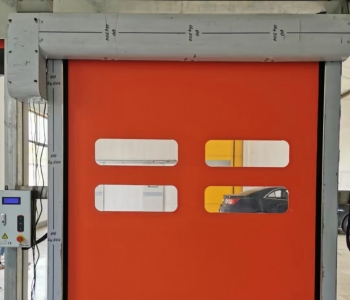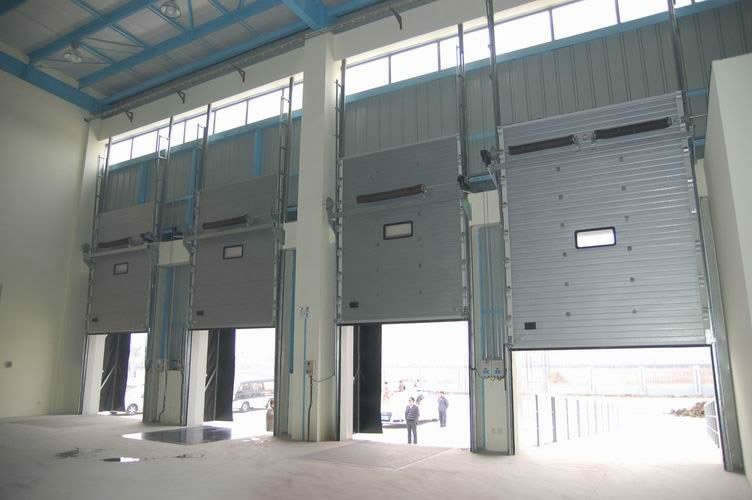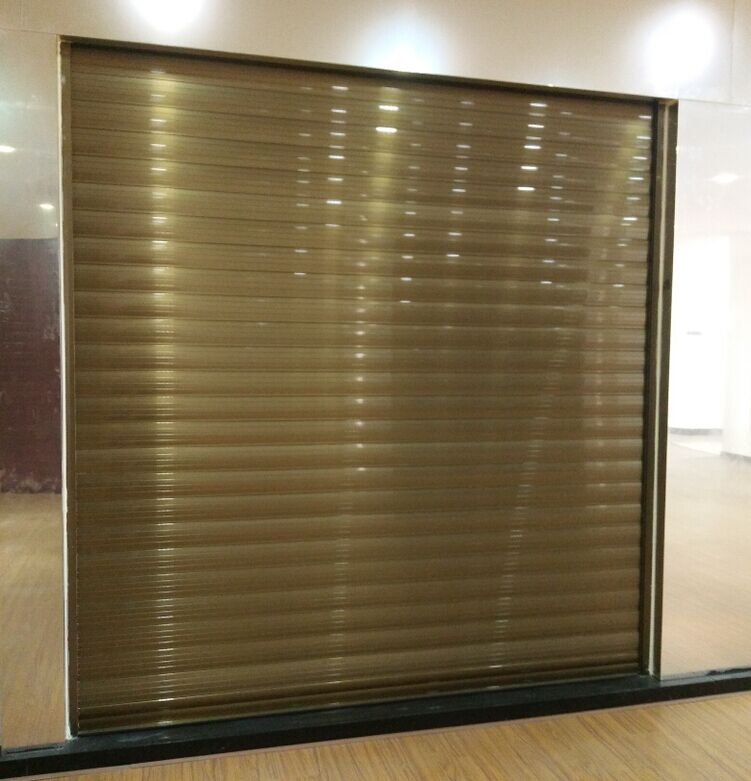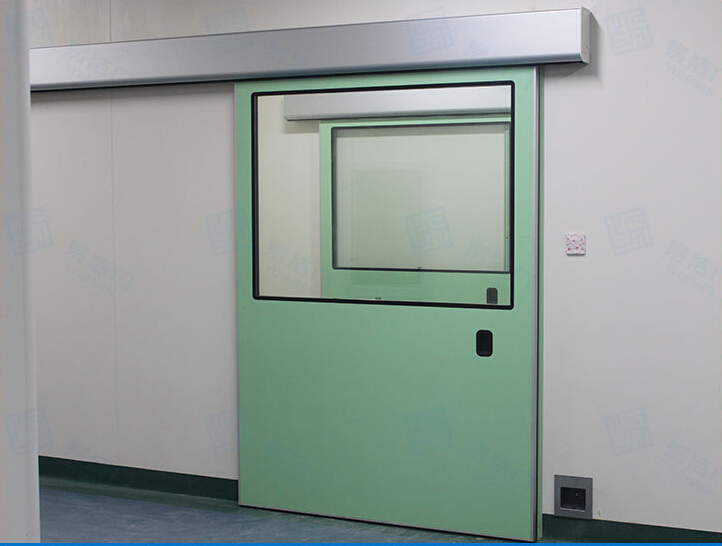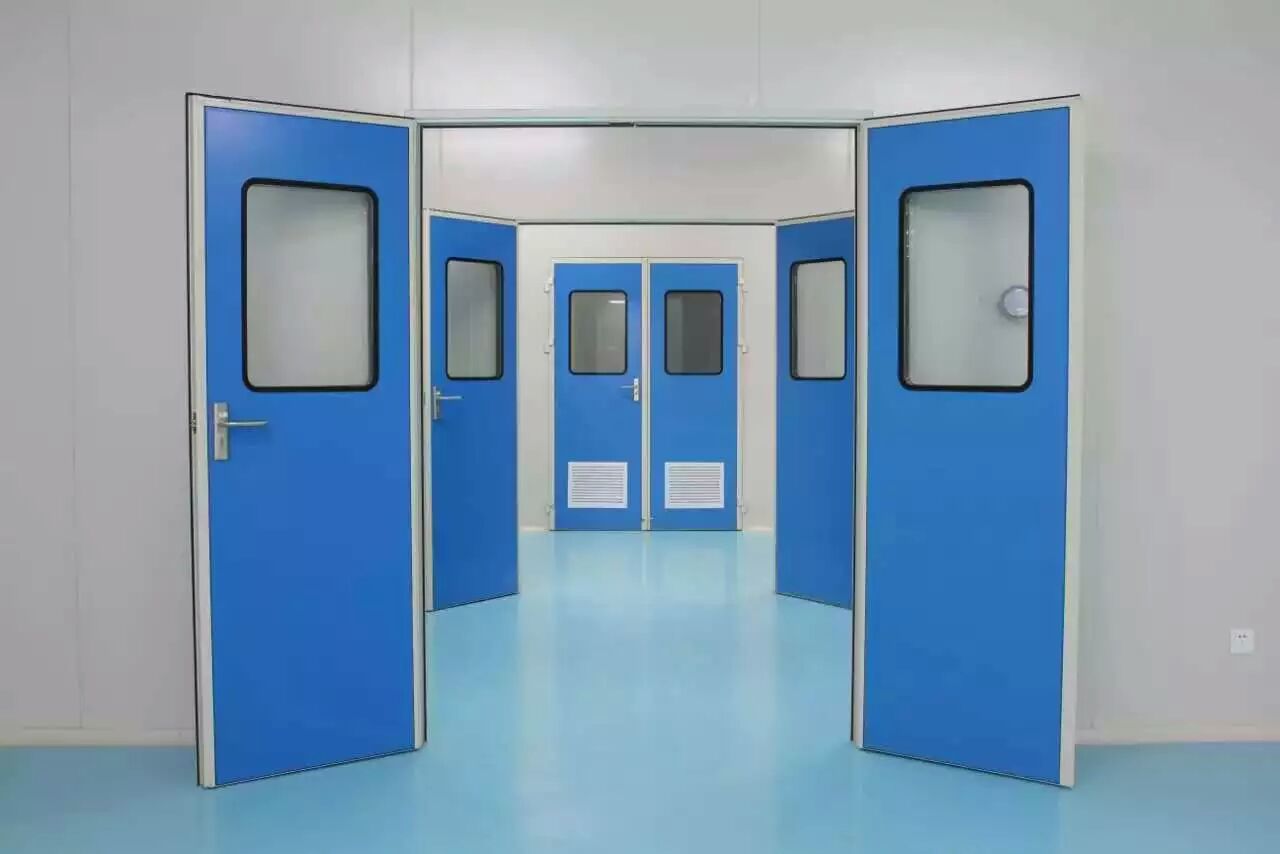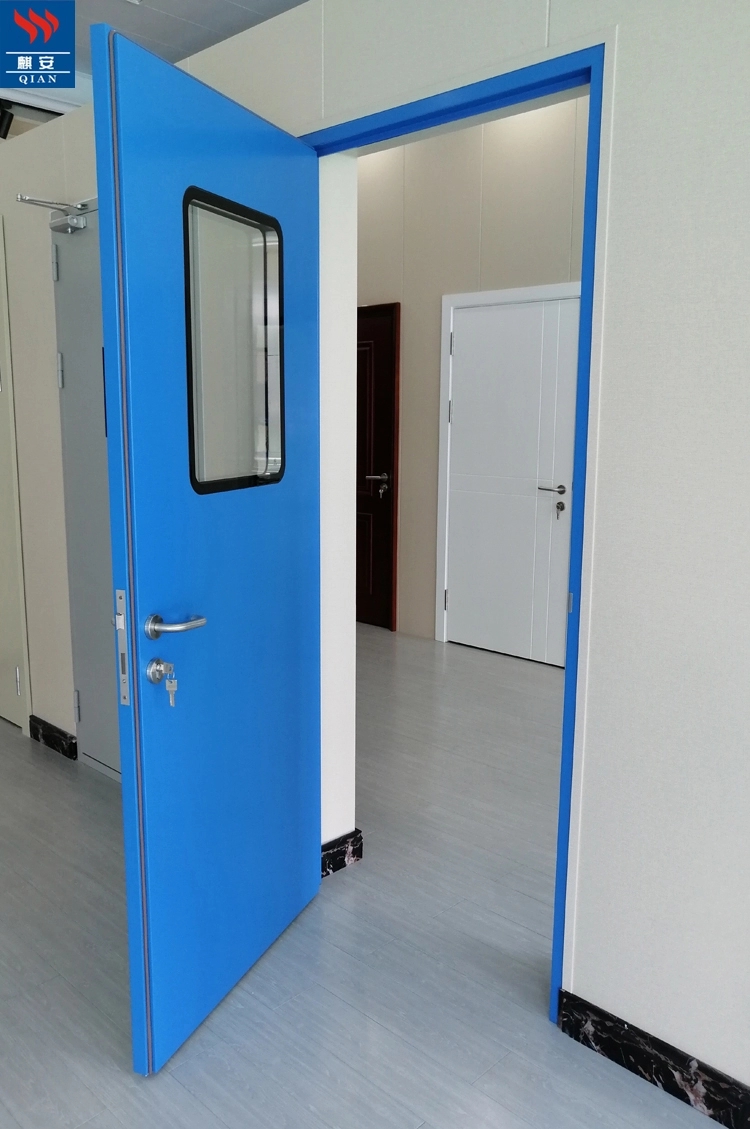How to Choose Between Single-Panel and Double-Panel Electric Sliding Doors
I. Core Differences and Application Scenarios
| Criteria | Single-Panel Electric Sliding Door | Double-Panel Electric Sliding Door |
|---|---|---|
| Door Panels | 1 movable panel | 2 movable panels (symmetric or alternating operation) |
| Doorway Width | ≤2.5m (suitable for small openings) | ≥2.5m (ideal for large openings) |
| Traffic Efficiency | Lower (limited single-passage width) | Higher (dual-panel coordination enhances speed) |
| Space Occupancy | Panel retracts to one side | Panels retract to both sides, saving unilateral space |
| Typical Scenarios | Residential garages, small shops, office side doors | Mall entrances, hospital lobbies, industrial facilities |
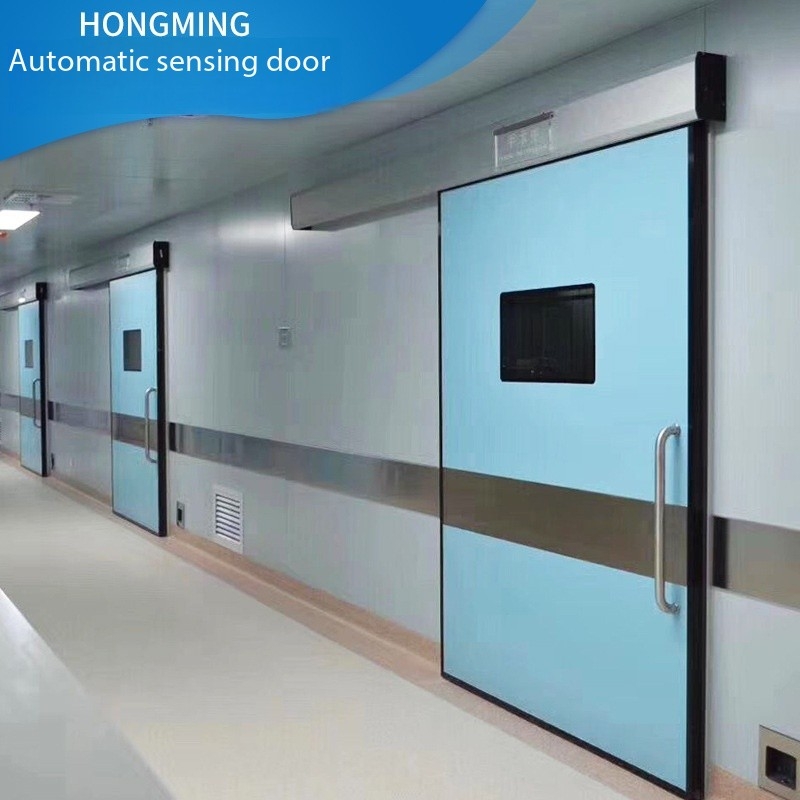
II. Performance and Functional Comparison
1. Advantages and Limitations of Single-Panel Doors
Pros:
Lower Cost: Simplified structure reduces material and installation expenses (ideal for budget-sensitive projects).
Ease of Maintenance: Fewer components, lower failure rates, and shorter repair cycles.
Space Adaptability: Suitable for narrow passages or environments with unilateral space constraints.
Cons:
Lower Traffic Efficiency: Prone to congestion during peak hours, requiring frequent operation.
Reduced Wind Resistance: Single-panel stability is weaker in large-span scenarios.
2. Advantages and Limitations of Double-Panel Doors
Pros:
High Traffic Efficiency: Alternating panel operation supports high-flow scenarios (e.g., hospital emergency access).
Aesthetic Appeal: Symmetrical design enhances architectural aesthetics, ideal for commercial landmarks.
Enhanced Wind Resistance: Split-panel design reduces individual load, suitable for wide openings and windy environments.
Cons:
Higher Cost: Increased complexity in motors, tracks, and control systems raises costs by 30%-50%.
Complex Installation: Requires precise synchronization calibration, extending installation time.
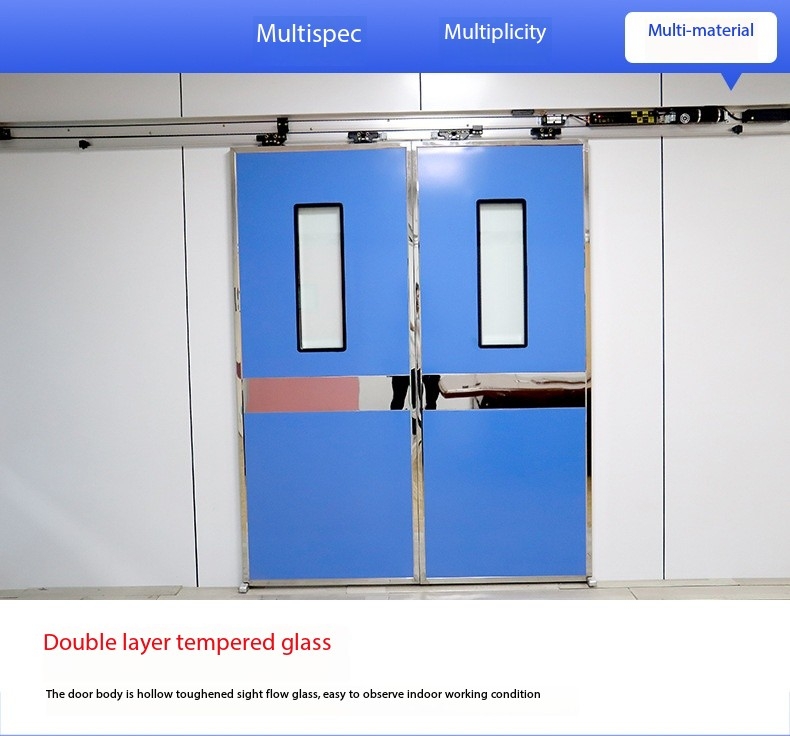
III. Key Selection Criteria
Doorway Dimensions and Space Constraints:
Single-panel: Doorway width ≤2.5m or narrow corridors with unilateral space limitations.
Double-panel: Doorway width ≥3m or scenarios requiring efficient traffic flow.
Foot Traffic and Usage Frequency:
Single-panel: Low-frequency use (e.g., residential garages).
Double-panel: High-traffic areas (e.g., mall entrances).
Budget and Maintenance Costs:
Single-panel: Short-term projects or limited budgets.
Double-panel: Long-term, high-frequency use for better lifecycle ROI.
Environmental Adaptability:
Double-panel: Recommended for high-wind areas or cleanrooms (frameless designs minimize dust accumulation).
Single-panel: Requires reinforcement (e.g., additional supports) for windy conditions.
IV. Recommended Solutions for Special Scenarios
Residential/Villas:
Single-panel: Cost-effective for garages or side gates.
Double-panel: Custom stainless steel doors for premium aesthetics (ensure bilateral retraction space).
Industrial Facilities/Warehouses:
Double-panel: Mandatory for openings ≥4m, paired with heavy-duty tracks and collision sensors.
Hospitals/Public Spaces:
Double-panel: Sensor-activated doors with anti-pinch features and airtight frames for hygiene.

V. Installation and Maintenance Guidelines
Single-Panel Doors:
Ensure alignment of suspension rollers and tracks to prevent uneven wear.
Double-Panel Doors:
Calibrate synchronization using encoder-equipped motors.
Regularly clean tracks to avoid panel jamming.
Summary and Recommendations
Choose Single-Panel: Budget constraints, narrow openings (≤2.5m), or low-frequency use (e.g., residential).
Choose Double-Panel: Wide openings (≥2.5m), high traffic, aesthetics, or wind resistance requirements (e.g., malls, hospitals).
Customization: Consider material (aluminum/stainless steel), sealing (framed/frameless), and smart features (biometrics, remote control).
Recommended Products
up to dateAlbania Automatic Door Accessories
- Durable PVC Fast Rolling Door Fittings for Enhanced Security
- Automatic Repair of Zipper Door Plastic/Polymer Rails
- Smart Automatic Door Sensor for Fast Rolling Access Control
- Soft Fast Gate Control System 1.5kw Servo Motor and Control Box
- Automatic Access Control Square Surface Mount Infrared Non-Contact Switch
- Explosion-Proof Reinforced Self-Limiting Electric Heating Belt
- Explosion-Proof Shielded Self-Controlling Temperature Electric Heating Belt
- Heating Belt for Anti-Freezing, Heating and Heat Preservation of Cold Storage Doors
- 40W flame retardant explosion-proof self-limiting electric heating belt
- High Speed Door Zippers Industrial Door Zippers
- Safety Beam Sensor Use for Automatic Door
- Wireless Hand Sensor Switch For Automatic Door
- Hospital Door Foot Sensor
- Automatic Sliding Door System Wireless Touch Press Switch
- Automatic Sliding Door IP65 Waterprooft Wireless Hand Press Switch
- Automatic Door Microwave Sensor
- Reflective Type Infrared Detector
- Automatic High Speed Door Infrared Radar Sensor CNB-204G
- Aluminum Alloy Wind Section For PVC rapid roller shutter door
- Aluminum Bottom Section For PVC high speed rolling shutter door

